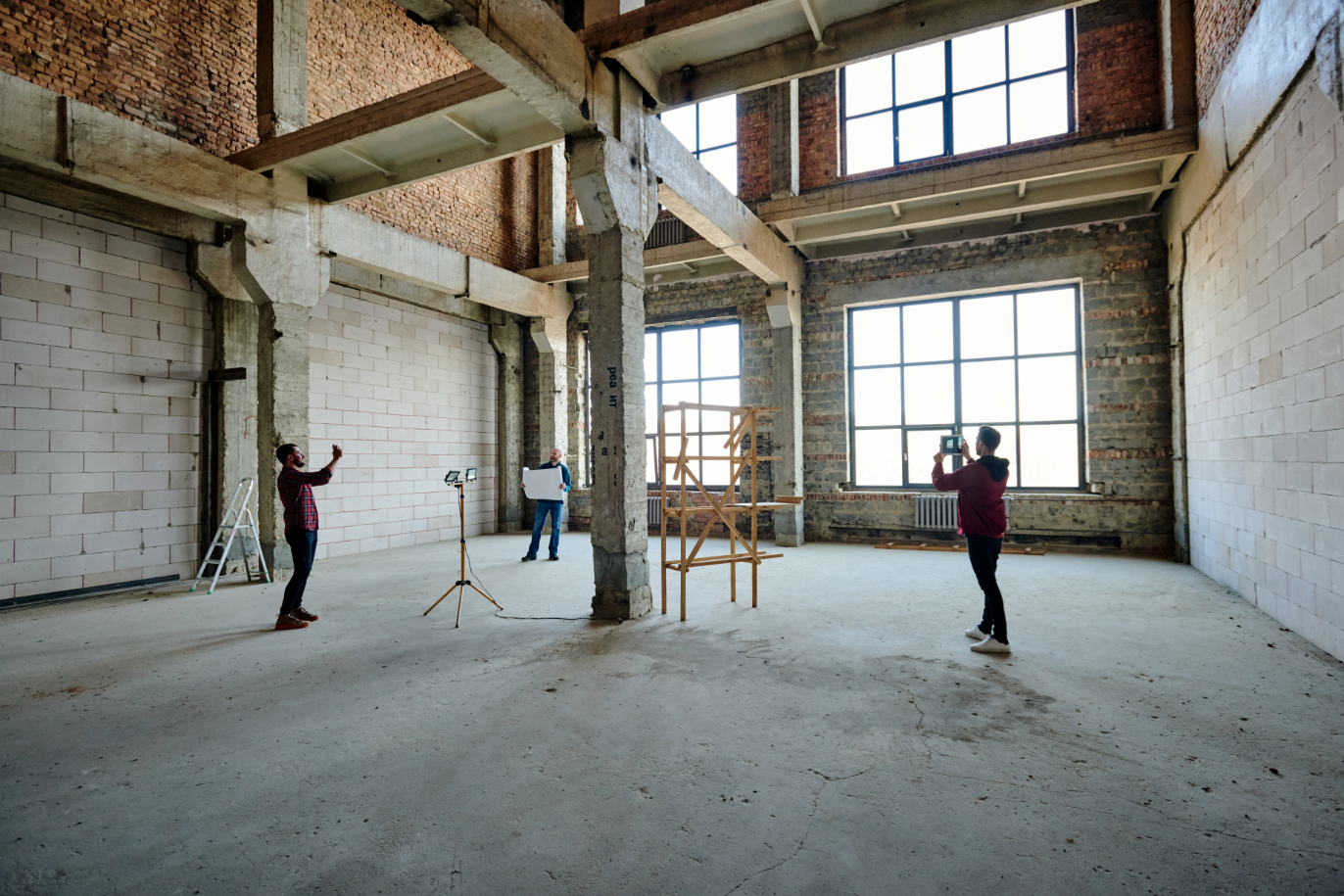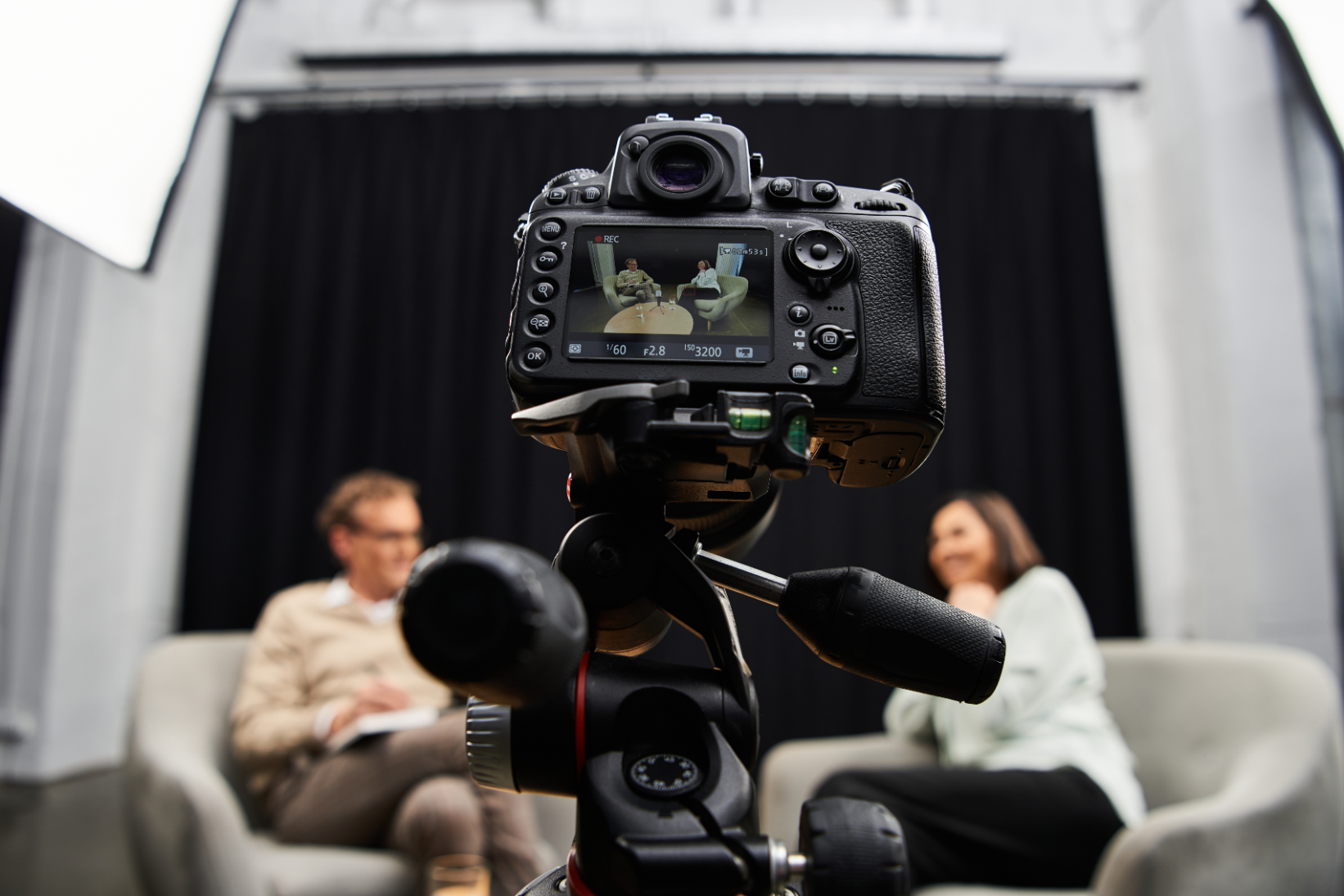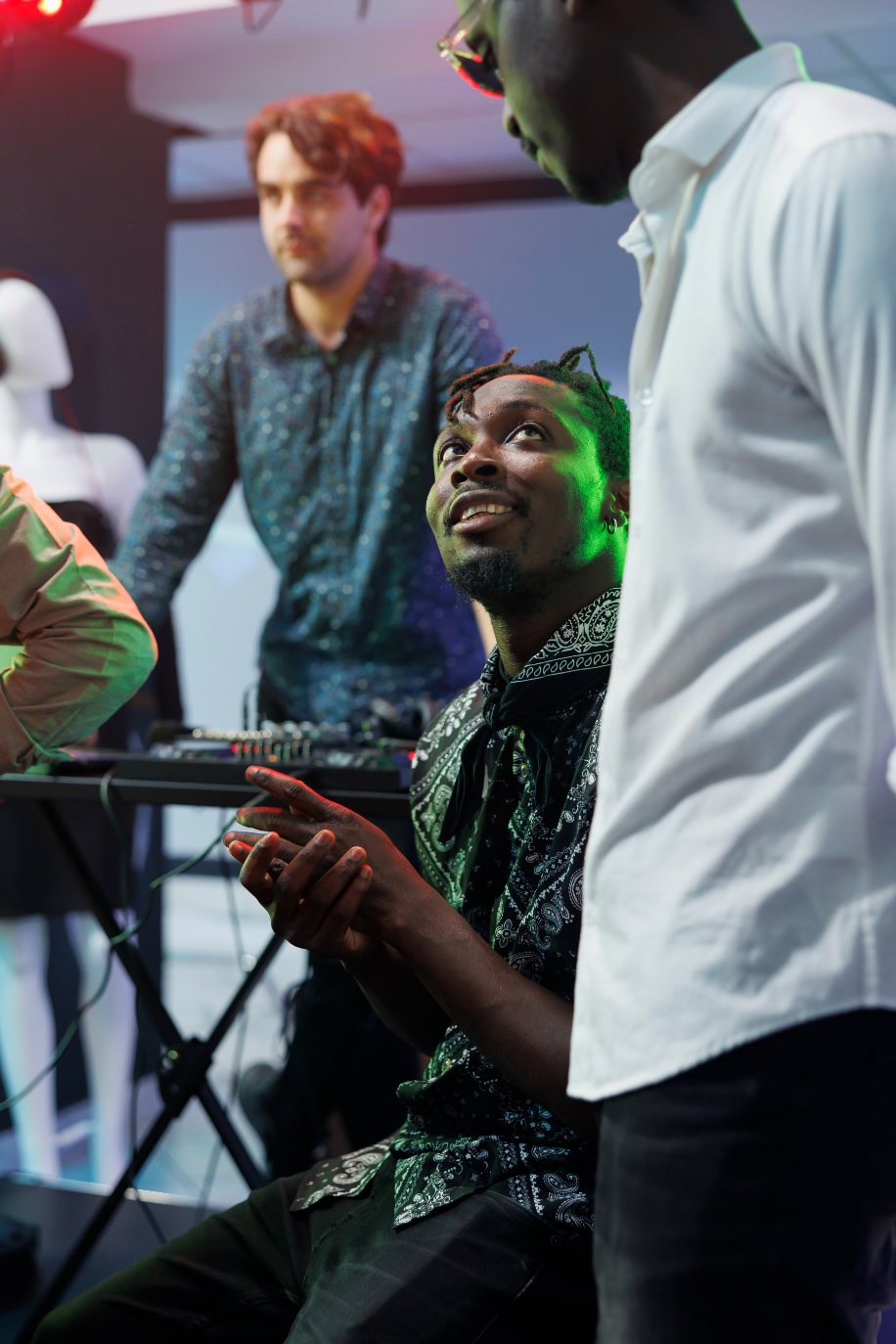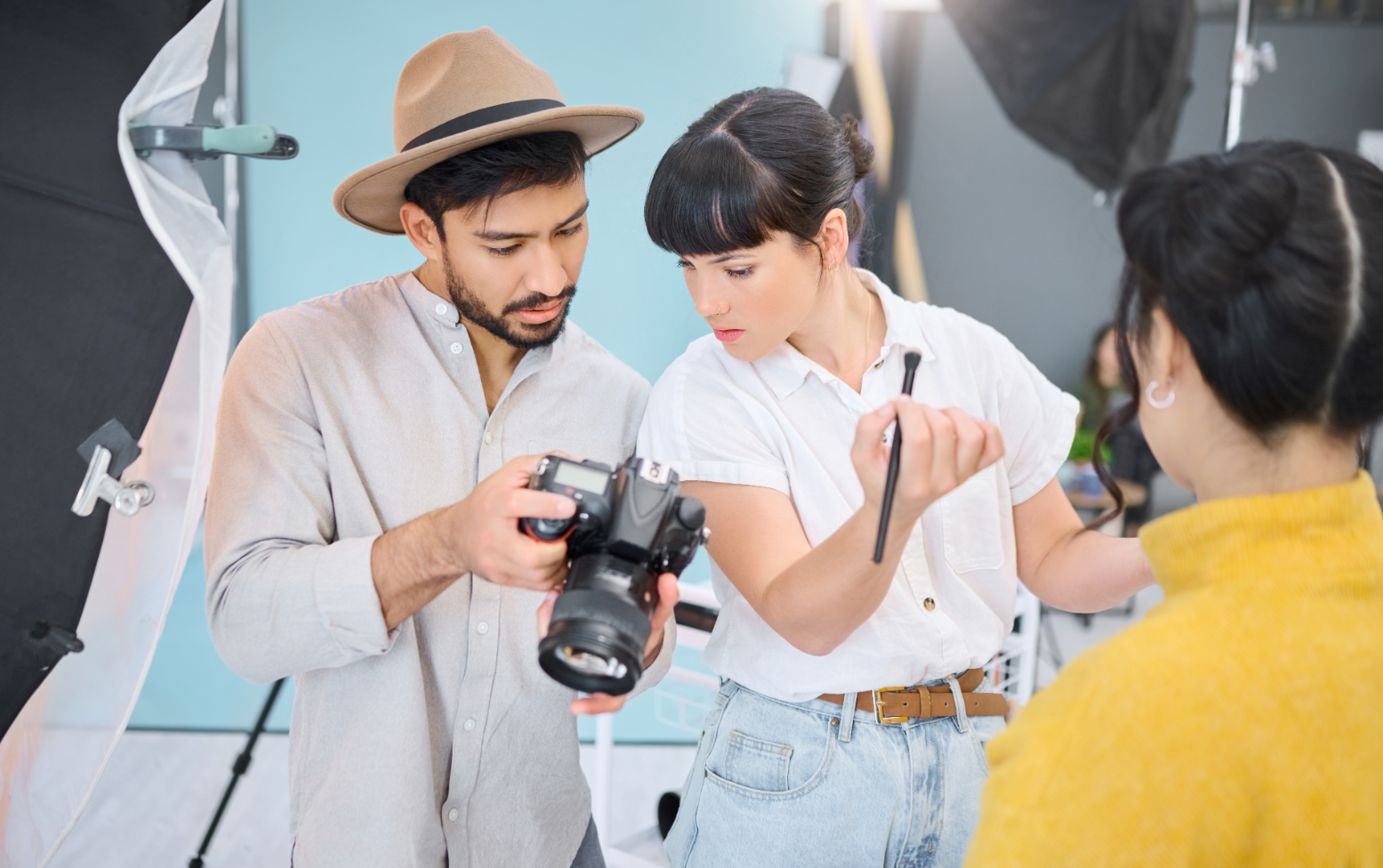Pro Cinematography: Capture Stunning Visuals Every Time

In the vast world of visual storytelling, a stunning image isn't just a happy accident; it's the result of intentional, skilled cinematography. It's the art and science of capturing moving images, transforming a mere sequence of events into an immersive, emotionally resonant experience. Whether you're a budding filmmaker, a seasoned content creator, or simply passionate about visual media, understanding the principles of professional cinematography is key to elevating your projects from good to truly unforgettable. It's about more than just pointing a camera; it's about seeing, understanding, and manipulating the elements of a scene to tell your story visually.
At Filmbaker, we believe that every frame counts. We know that mastering cinematography is a continuous journey, and we're here to share insights that can help you capture stunning visuals every time. Let's dive into some core aspects that distinguish amateur footage from truly professional work.
Mastering the Language of Light
Understanding Light: Your Primary Tool
Light is the bedrock of cinematography. It shapes our perception of a scene, dictating mood, depth, and focus. Understanding how to harness both natural and artificial light is crucial. Consider the direction of light: frontal lighting can flatten a subject, while side lighting can create dramatic shadows and reveal texture. Backlighting can produce a beautiful halo effect or silhouette a subject for emphasis. The quality of light—soft or hard—also plays a significant role; diffused light often feels more natural and flattering, while direct, harsh light can convey intensity or grittiness.
Practical application involves more than just pointing a lamp. Think about the classic three-point lighting setup (key, fill, and back lights) as a foundational technique to sculpt your subjects. Experiment with bouncing light off reflectors or diffusing it through silk screens to soften harsh shadows. Don't be afraid to embrace shadows; they are just as important as the illuminated areas in creating depth and mood. For instance, a high-key lighting scheme, with bright, even illumination, is often used for comedies or optimistic scenes, while a low-key setup, characterized by stark contrasts and deep shadows, evokes drama, mystery, or suspense.
Composition and Framing: The Art of Storytelling
Framing Your Narrative
Composition is how you arrange elements within your frame to tell your story effectively. It's about guiding the viewer's eye and conveying information, emotion, or a sense of place. Techniques like the rule of thirds, where you place points of interest along intersecting lines or at their junctions, can create balanced and dynamic shots. Leading lines, whether literal or implied, draw the viewer's gaze towards the main subject. Using symmetry can create a sense of order or grandeur, while breaking it can introduce tension or unease. Remember to consider depth in your shots by including foreground, midground, and background elements, which adds dimension and realism.
Beyond traditional rules, think about the emotional impact of different shot types and angles. A wide shot establishes the setting and scale, grounding your characters within their environment. A medium shot is perfect for conversations, showing body language and interaction. Close-ups magnify emotion, drawing the viewer into a character's inner world. Your camera angle also speaks volumes: an eye-level shot feels natural and observational, a high-angle shot can make subjects appear vulnerable or small, and a low-angle shot can empower them or make them seem imposing. Utilize negative space to emphasize isolation or draw focus to a small detail within a large frame.
Movement and Blocking: Adding Dynamicism
Bringing Your Scenes to Life
Camera movement, when used purposefully, can be an incredibly powerful storytelling tool. It's not just about keeping things from being static; it's about revealing information, building tension, or emphasizing emotional beats. A slow pan can reveal a new character or a crucial detail in a scene. A tilt can show a character's reaction from head to toe or connect two disparate elements vertically. Dolly shots (moving the camera on a track) and tracking shots (following a subject) create a smooth, immersive experience, maintaining a consistent relationship with the subject and their environment. Handheld shots, conversely, can convey urgency, instability, or a subjective point of view, making the audience feel part of the action.
Equally important is blocking—the precise staging of actors within the frame, and how their movement interacts with the camera's movement. Effective blocking can guide the viewer's eye, create visual interest, and deepen character relationships. Consider how a character walking towards or away from the camera can affect the audience's perception of their journey or emotional state. A character entering or exiting the frame can punctuate a scene or signify a shift in narrative. When choreographing your camera and actors, always ask: "What is this movement communicating? Is it serving the story?" Smooth transitions between different shots and purposeful movement ensure that your visuals are dynamic and engaging, never distracting.
Color and Mood: The Emotional Palette
The Psychology of Color Grading
Color is another profound, yet often underestimated, element of cinematography. It's not just about making things look pretty; color profoundly impacts the mood, tone, and even the narrative of your visuals. Before you even shoot, consider the intended color palette for your scene or entire project. Are you aiming for a warm, inviting feel, or a cool, sterile one? Do you want vibrant, saturated colors to convey energy and fantasy, or desaturated tones to create a gritty, realistic, or melancholic atmosphere? Thinking about these choices upfront will guide your lighting, set design, and costume choices.
Post-production color grading takes this a step further. This is where you fine-tune the color temperature, saturation, contrast, and overall aesthetic of your footage. Using Look-Up Tables (LUTs) can give your footage a stylized look, like a cinematic film stock or a specific genre feel. Consistency in your color grading across a scene or an entire film is crucial for maintaining visual continuity and immersion. Experiment with complementary colors to create visual pop, or analogous colors for a harmonious feel. The careful application of color can evoke specific emotions, highlight symbolic elements, and ultimately, elevate your visual storytelling to a truly professional level.
Conclusion
Mastering cinematography is a journey of continuous learning and experimentation. It’s about understanding the foundational elements of light, composition, movement, and color, and then creatively breaking the rules to forge your unique visual signature. Each choice, from the placement of a lamp to the subtle shift in a camera angle, contributes to the emotional resonance and narrative power of your visuals. By approaching every shot with intention and a deep understanding of these principles, you can consistently capture stunning visuals that captivate your audience and truly tell your story.
Ready to elevate your visual storytelling and bring your creative vision to life? At Filmbaker, we're passionate about helping creators achieve their highest potential. Learn more about our services and get in touch to discuss how we can collaborate on your next project and ensure your visuals are truly unforgettable. Visit us at https://www.filmbaker.com/get-in-touch.


